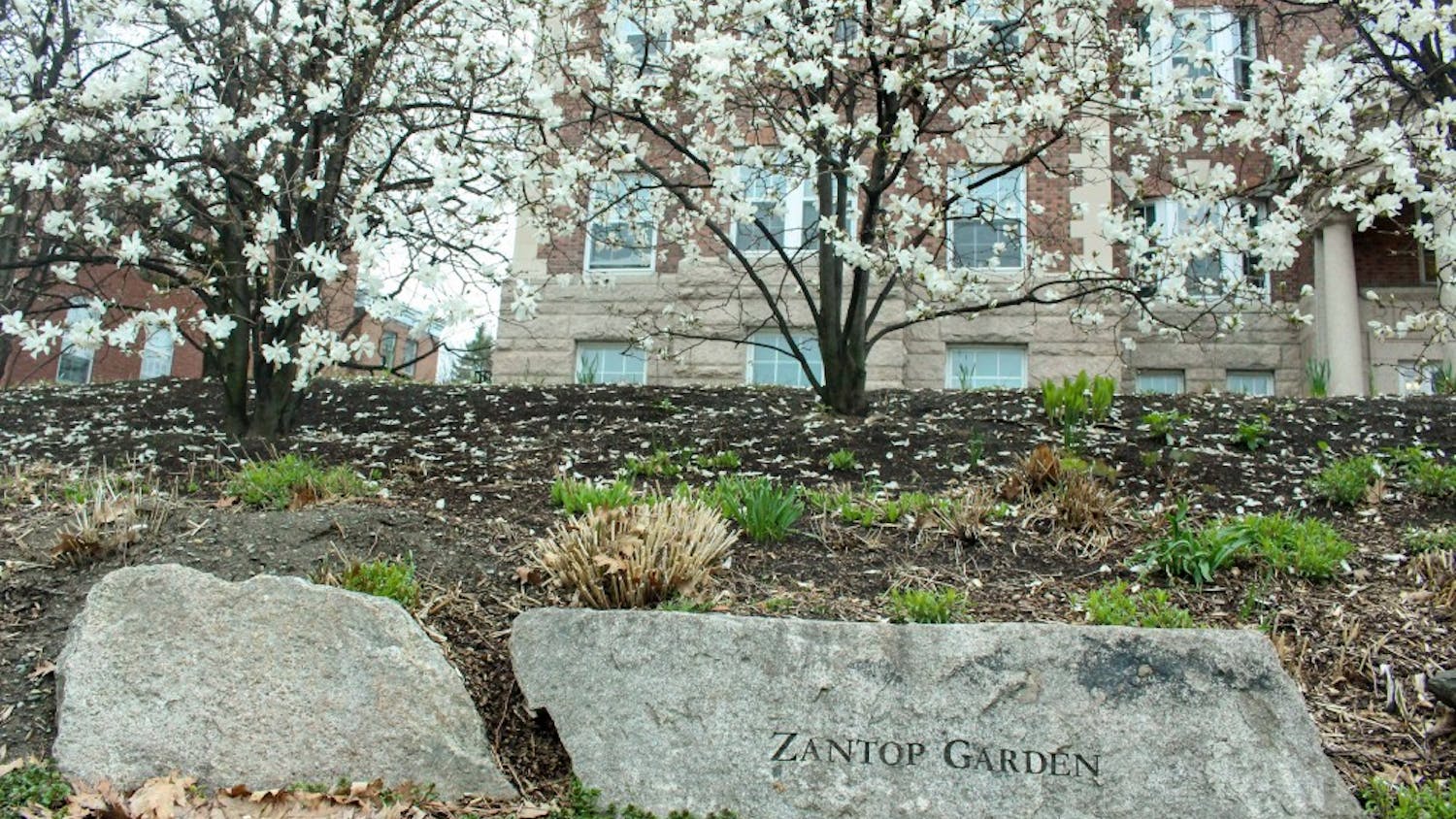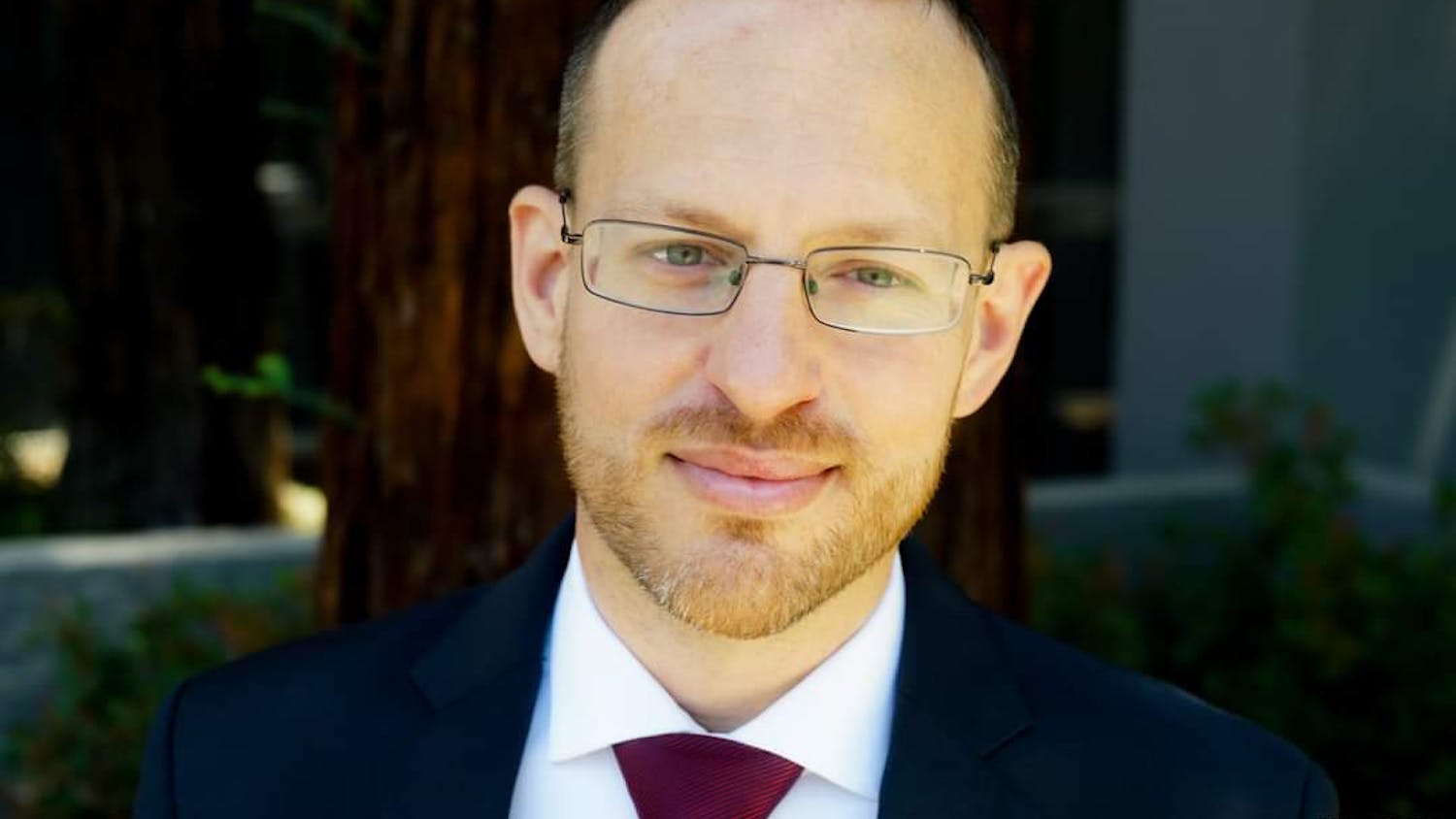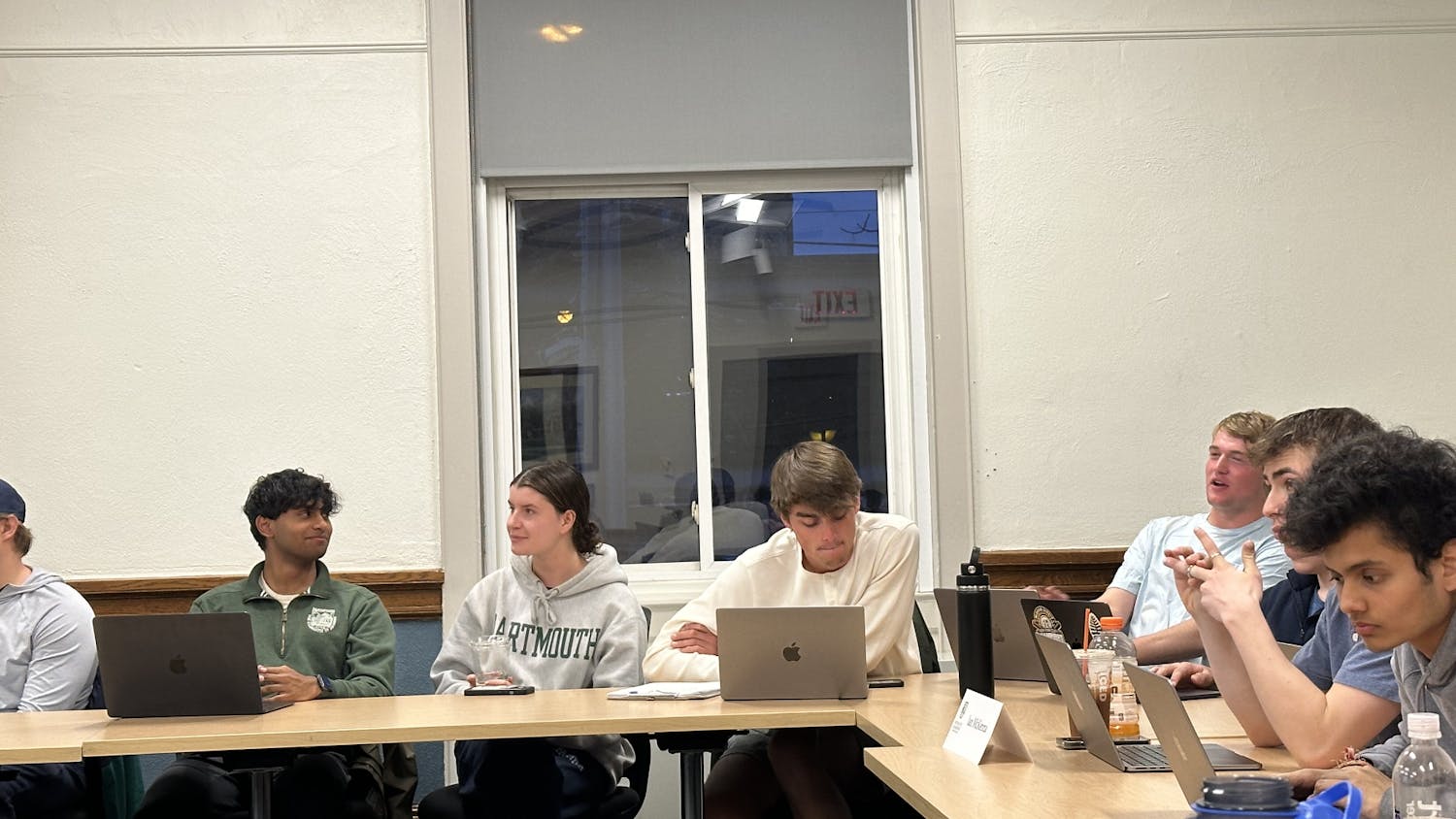Mohamed Elgadi, who was tortured by Islamic fundamentalists, likes to draw a distinction between Muslims and what he describes as "Islamists."
Islamists, he said, are "fanatics'' who "think there is no punishment when doing for God and religion," including practicing torture.
But they cannot be called "crazy," he added. "Crazy can be cured."
Mr. Elgadi made his comments Friday at a panel in Sanborn Library organized by Dartmouth Amnesty Interntational to stamp out torture worldwide.
He was joined by two other survivors of torture: Yasin Magan, a former teacher and Somali journalist who spent two years in solitary confinement in a military barracks in Mogadishu for his collaboration with rebel forces during the civil war in the 1980s, and Tsoaledi Thobejan, who was beaten to blindness in one eye during three years of detention in South Africa in the mid-1980s.
Relating his personal story, Magan said he helped initiate a committee in 1981 consisting of Somalis and Ethiopians to look into the Ethiopian and other rebel prisons in a fact-finding mission. The information they found on the atrocities committed by one rebel leader resulted in the release of most of his prisoners.
In 1982, his mission on the border between Ethiopia and Somalia was ambushed and captured, eventually taken to prisons in Somalia. Magan and his comrades were held and tortured in solitary confinement in a military barrack for two years, intended to be executed by a firing squad.
Magan's is currently investigating the situation of Somali prisoners all over the world including Ethiopia, Kenya and the United States.
Asserting that there are two main torture schools, Elgadi said he believes torture is committed by "those of the right and those of the left."
The left, he said, includes routine interrogative torture by the Soviet Union, the CIA and other government officials.
However, according to Elgadi, the torture school of the right includes "religious torture."
He described this torture school as "fanatic," and "ideological," where the practitioners are not just seeking mere answers to their questions, but are also trying to provide "'help' for your mind and soul."
Elgadi said such torture is practiced in Iran and Sudan where he was tortured by Islamic fundamentalists. He said even a Muslim priest was once tortured alongside Elgadi for not sanctioning torture.
"War inspires torture," Elgadi said, " ... and the violence of media" does it's job as well in desensitizing people to the real violence and suffering in the world.
Relating the particular benefits of the loss of sight in one eye due to his years under torture, the third speaker, Thobejan, said with one eye he can sense the rational world about him, like most people do. Yet with the eye that cannot see, he said he can feel and sense the world more intently than before, giving him both sides of an understanding that he claims many people lack.
During his time in South Africa time, he was beaten to blindness in one eye, while a close friend of his died under torture.
As a student in 1976, he was "fascinated by the disparities inherent in South Africa." Under apartheid, the black community were considered "subhuman life," and had to live with "shanty towns, very inferior education, inferior jobs, et cetera."
Thobejan called the system of apartheid the "twin brother of racism in the United States," though to a more extreme degree.
He said the torture they inflicted on him was not only physical, but psychological, much like the apartheid system as a whole.
Racism and polarization of wealth, much like that in the United States, he said, had a profound psychological effect on the minds of black people under the system that led to the advent of "black consciousness" in protest.
After the peaceful transformation to democracy, the new government "moved to heal wounds," by creating the Truth and Reconciliation Committee that sought to "bring perpetrators and victims together."
He said the efforts were "controversial but healing, making [us] stronger beings to build the future."



